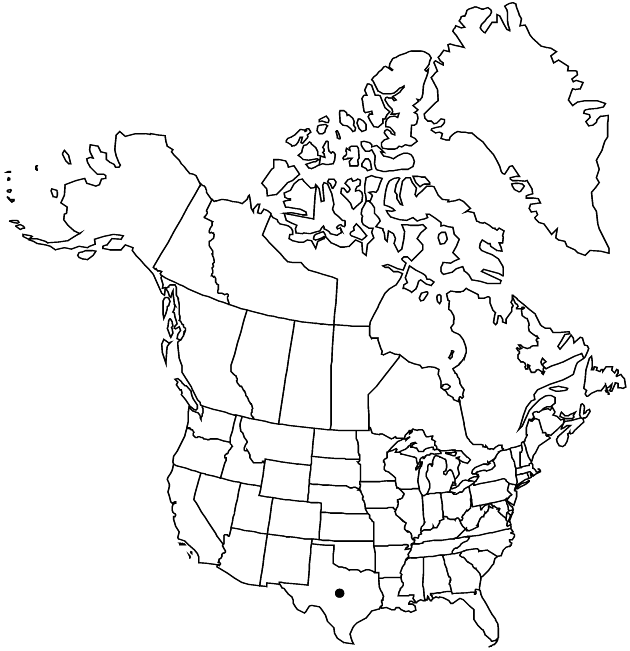Prenanthes carrii
Sida 21: 187, fig. 2. 2004.
Plants 80–150 cm; taproots tuberous, with lateral roots. Stems erect, simple, glabrous or strigose proximally, tomentose distally. Leaves: proximal usually present at flowering; petiolate (petioles 2.2–3 cm); blades (light green) sagittate to ovate, 13–25 × 7–12 cm, thin, bases attenuate, margins coarsely and irregularly dentate, apices acute to rounded, faces glabrous or lightly setose along veins; distal reduced to bracts. Heads in paniculiform arrays. Involucres cylindric to campanulate, 4–9 × 2–3 mm. Calyculi of 5–12, linear-subulate to narrowly lanceolate bractlets 2–4 mm, hispid. Phyllaries 8, green to rose, linear-subulate to lanceolate, 9–11 mm, (apices minutely ciliate) faces glabrate (midribs sparingly hispid). Florets 9–11; corollas white to creamy, 11.5–13.5 mm. Cypselae golden yellow to tan, subcylindric, angled to terete, 6–7 mm, prominently 12–15-ribbed; pappi white to tan or yellow, 7–8 mm.
Phenology: Flowering Aug–Nov.
Habitat: Rich woodlands, canyons
Elevation: 300–900 m
Discussion
Of conservation concern.
Prenanthes carrii is recognized primarily by its relatively tall size and long-petiolate, sagittate proximal and mid-cauline leaves, which are similar to those of P. alata and P. sagittata, species found far to the north. It is known only from the southwestern Edwards Plateau. It is thought to be closely related to P. barbata (J. R. Singhurst et al. 2004).
Selected References
None.
